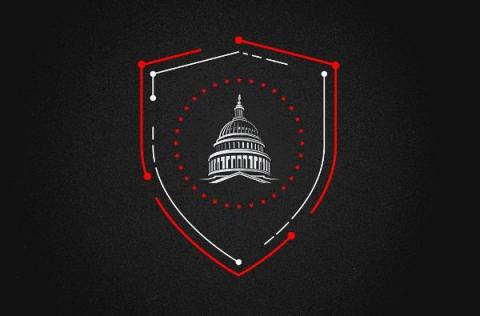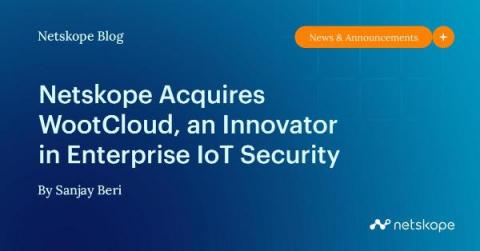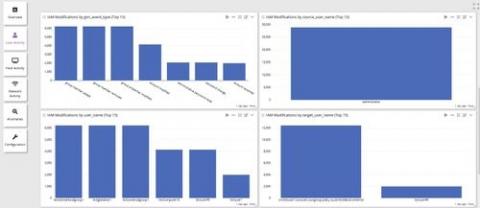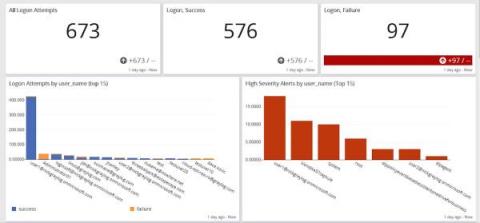Looking For Your Lost Marbles
I was listening to a recording of some colleagues speaking with a customer about security ratings and cyber insurance and there were some confusions in the discussion that troubled me and I wish that I had been there to help clear them up. Or at least try. So this little musing is meant to do that..











